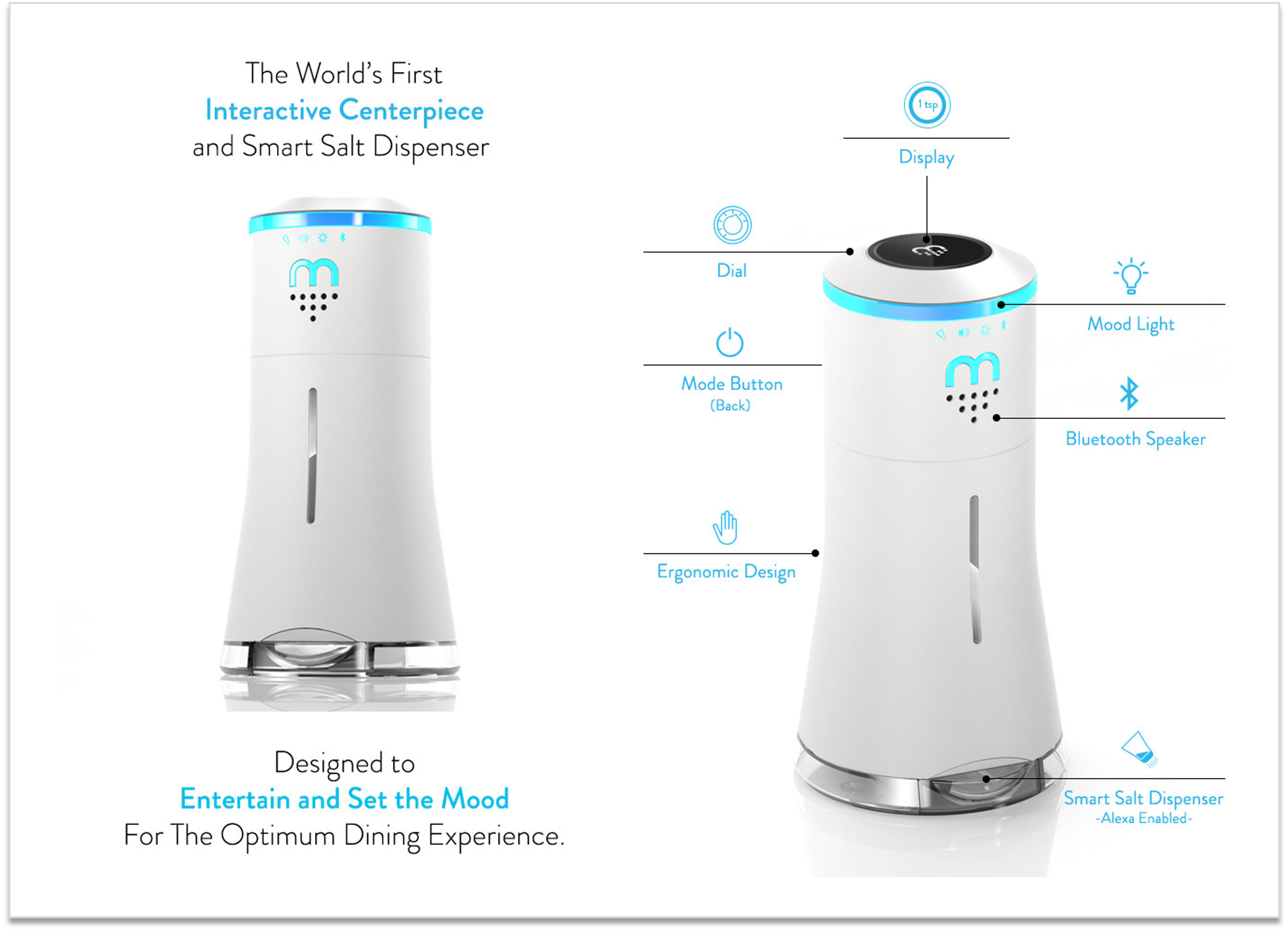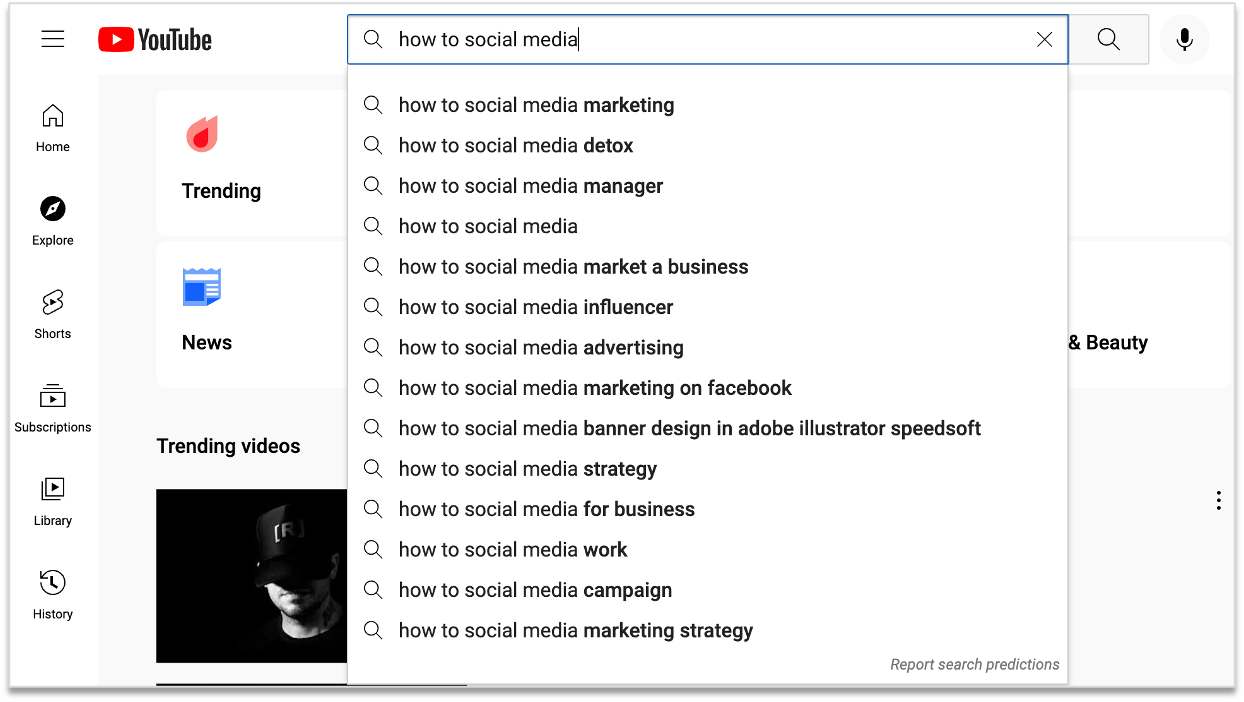
PTPA #003: How To Find Pain Points To Start A Side Project
Sep 03, 2022Read time: 4 minutes
Today's issue is sponsored by Taplio. Build your LinkedIn online brand using powerful AI-generated templates for your content, using Taplio.com
Building side projects is one of the best ways to gain skills for your transition into Product Management.
However, more people (and companies) than you would think, start building solutions first and then worry about finding a problem that fits their 'solution'. It should be the other way around.
Take Smalt as an example. Smalt was intended to be "The World's First Interactive Centerpiece" designed to "track your salt intake, stream your favorite music, and set the dining ambiance with mood lighting".
This product not only did not solve any problem, but it also over-complicated a very easy process.
The traditional way of adding salt to your food:
- Grab the salt Shaker
- Pour salt on your food
Smalt's way of adding salt:
- Grab the Smalt
- Select on your phone the amount of salt you want on your food.
- Wait until the salt is dispensed into a small compartment.
- Take out the compartment and add the salt to your food.
Assuming you remembered to recharge the batteries.

Products don't succeed because they look 'cool'.
Products succeed because they solve problems that people have.
So before you jump into creating your new side project, find pain points to solve. How?
There are more ways, but here are 3 that I use for my projects:
- SEO
- Interviews
- Social Media
Let's explore each one in detail.
1. SEO (Search Engine Optimization)
When people have a problem that needs to be solved, we go online and search for the phrase "How to [solve a problem we have]"
There is a reason why tutorials or "How to" is one of the most popular categories on YouTube. People want their problems solved.
This technique works better on Google, YouTube, Reddit, and TikTok. Start typing the words "How to" and the search bar will suggest topics based on recent popular topics. Reddit even has a dedicated r/howto community.

Results can be too broad, so we can narrow them by selecting any topic you are interested in.
Type "How to [topic]", for example, "How to social media" and let the search bar show you what problems people are trying to solve. Don't worry too much about the syntax, the search engine itself will help with that.

We can keep refining our search by adding more terms to the query.
Remember, we don't care about the results of the search, focus on what comes up after the words "How to". This will tell you what problems people have that need a solution.
2. Interviews
Not all problems have to be popular topics online. Sometimes looking at your day-to-day and those around you is good enough to find problems to solve.
To identify pain points in your day-to-day, follow these steps:
- For one week log every activity you did and how long it took you to complete. Include school, work, and any other daily activities.
- At the end of the week, look for tasks that either:
a) Took you the longest to complete or
b) That you repeated the most (or both).
The most frequent and longest will be your pain points to solve.
To identify pain points in other people's day to day, follow these steps:
- Ask friends and family about their day-to-day.
- When you hear about a problem they encountered or a routine task they need to do, ask them 5 times 'Why?' to identify the root cause (the pain point)
Once you find a few pain points to solve, ask more people around you about it. Validate that the pain points you discovered are real pain points for more than just you or one other person.

3. Social Media
Places like LinkedIn, Twitter, and Facebook are also good to find people complaining about products and tasks they often do.
People on social media are not afraid to express how much they hate a brand or a product.
You can use Twitter's advanced search to see what people complain about. Search for the exact phrase "I hate [Product]".
People won't be shy to tell you what pain points they have. Look at people's comments and reactions to those tweets.

Here's another way. Create content.
Don't underestimate the power of building your own community and posting online. As you talk more about the topic you are interested in, more people will share their problems with you.
Start following people, hashtags, and communities on a topic you are interested in. Soon you'll find people either asking "how to [pain point to solve]" or expressing how current products do not solve their problems.
Focus on the problem that products are not solving, not on the product’s deficiencies.
This is your moment to understand the pain point and, if possible, talk with them to find out more. Use the "5 Why's" technique.
Remember, creating products and side projects is all about finding problems to solve.
If you start with designing the product, you'll end up like Smalt - with a great render of a product that never saw the day of light... and further away from your goal of breaking into Product Management or becoming an entrepreneur.
See you next week!
Whenever you're ready, there are 3 ways I can help you:
- Crush your Product Manager interviews and get an offer here. (380+ students!)
- Schedule a 1:1 session with me for Mock Interviews and Career Guidance here.
- Promote your brand/business to 67K+ LinkedIn followers and 6K+ Newsletter subscribers by sponsoring content.
Helping Everyone To Land Their Next Product Manager Job
Join 8,000+ current and aspiring Product Managers in my Newsletter. Every email gives you a quick and actionable tip on landing your next Product Manager offer.
I hate SPAM. I will never sell your information, for any reason.

